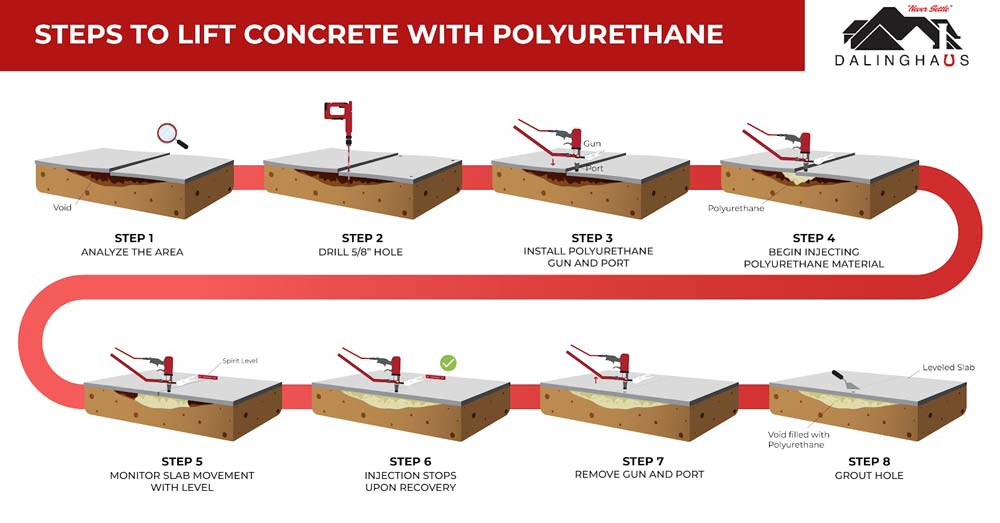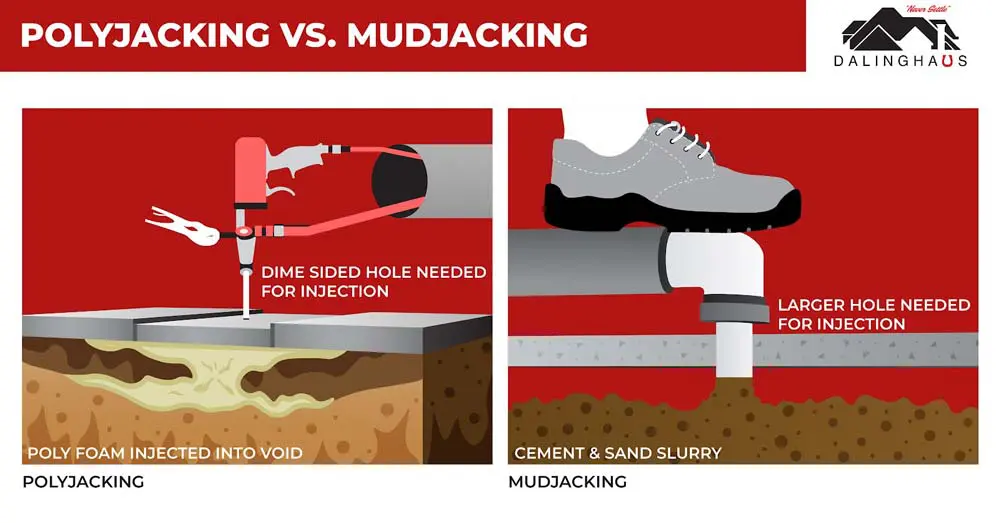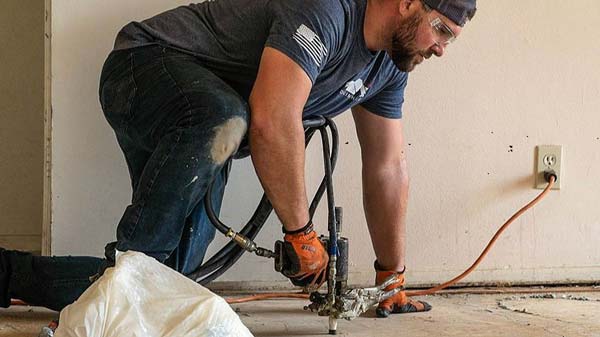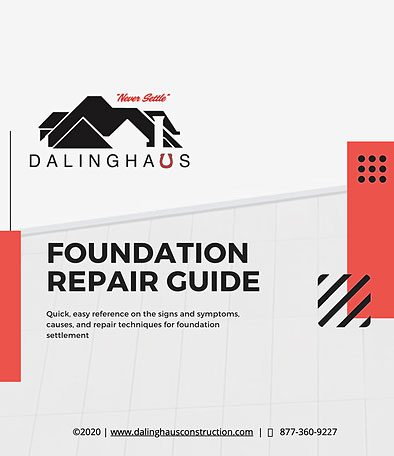How Does Polyurethane Concrete Lifting Work?
Concrete is one of the most popular building materials in use. We find it in our homes, driveways, sidewalks, patios, and even on the highway. When concrete shifts and sinks, however, it can cause significant problems.
Fortunately, you are not without options, including polyurethane concrete lifting. It uses expanding polyurethane foam to lift the concrete back into position, eliminating tripping hazards and other associated issues.
Learn more : Is DIY Concrete Leveling A Good Idea?
Polyurethane concrete lifting is a relatively simple process but it must be done by a professional for the best results. It involves drilling small, dime-sized holes into the concrete and injecting a two-part mixture under the slab.

Once the polyurethane foam is injected under the concrete, it expands to 30-40 times its original size or more. In doing so, it fills the gaps and pushes against the soil under the concrete to lift the slab into place.
The slab-lifting professional will know exactly how much concrete leveling foam to inject under the concrete and how quickly to inject it. In doing so, it provides the right balance of soil compaction and slab lift to get it back into place perfectly.
After the slab is lifted into place, the holes in the concrete are filled. You are essentially left with a level and flat slab and very little evidence that we were ever there working on it.
A typical polyurethane concrete lifting project takes 1-2 hours and by the time we leave, you can begin walking and/or driving on the slab. The process uses the following steps for success:
- Analyze the area to be lifted
- Drill 5/8″ hole through the slab
- Install polyurethane gun
- Begin injecting polyurethane material
- Monitor slab movement
- Stop injection once recovery has been attained
- Remove the gun and port
- Grout hole
Polyurethane Foam vs Mudjacking For Concrete Lifting
Up until polyurethane foam was available as a popular concrete lifting option, the industry standard was mudjacking. Some companies will still offer a mudjacking service. Is it better than polyurethane concrete lifting (foamjacking)?
Doing an exact side-by-side comparison of mudjacking and polyurethane concrete lifting is impossible due to factors that change from one job to another. You can get a general idea of the differences by considering the following chart:

One other factor to consider is the precision of the lift. Polyurethane concrete lifting allows for very precise lifts, especially when done by an experienced professional.
Mudjacking can be less accurate due to the slurry that is used. It does allow for some shrinkage and does not always effectively compact the soil under the concrete. The slab may be more likely to drop over time.

Where Can You Use Polyurethane For Concrete Lifting?

Most homeowners are in need of polyurethane concrete lifting for smaller projects, such as uneven sidewalks, patios, and retaining walls. There are also many larger projects that can be accomplished with the use of polyurethane foam.
Any concrete slab that is not significantly cracked and damaged can benefit from polyurethane concrete lifting. Pool decks, garage floors, driveways, cement stairs, and even concrete highways can be lifted with polyurethane foam.
In fact, many municipalities and state regulations require the use of polyurethane for concrete lifting. It allows for the use of the slab within minutes after it has been raised to an appropriate level, something that mudjacking does not offer.
Polyurethane foam has an effective strength that allows it to support up to 4,000 pounds per square foot. Regardless of whether it is foot traffic on a sidewalk in front of your home or semi-trucks driving over a concrete highway all day, polyurethane has the strength to handle the task.
How Much Does Polyurethane Concrete Lifting Cost?
One of the most common questions we hear is regarding the cost of a polyurethane concrete lift. There are a few different factors that could come into play.
Polyurethane concrete lifting companies may charge by the square foot or they could charge by the amount of polyurethane foam that is used. There may also be a significant gap in what is charged, depending on the area and the condition of the slab being lifted.
One thing that is true of pricing from one concrete slab lift to another is that it is less expensive than tearing out the old slab and pouring a new one. As long as the concrete is not damaged to the point where it can not be lifted, you will save money by choosing polyurethane concrete lifting.
If you still have questions about pricing or anything regarding our concrete lifting process, please fill out the form on our website. One of our specialists will get back to you within 24 hours.







